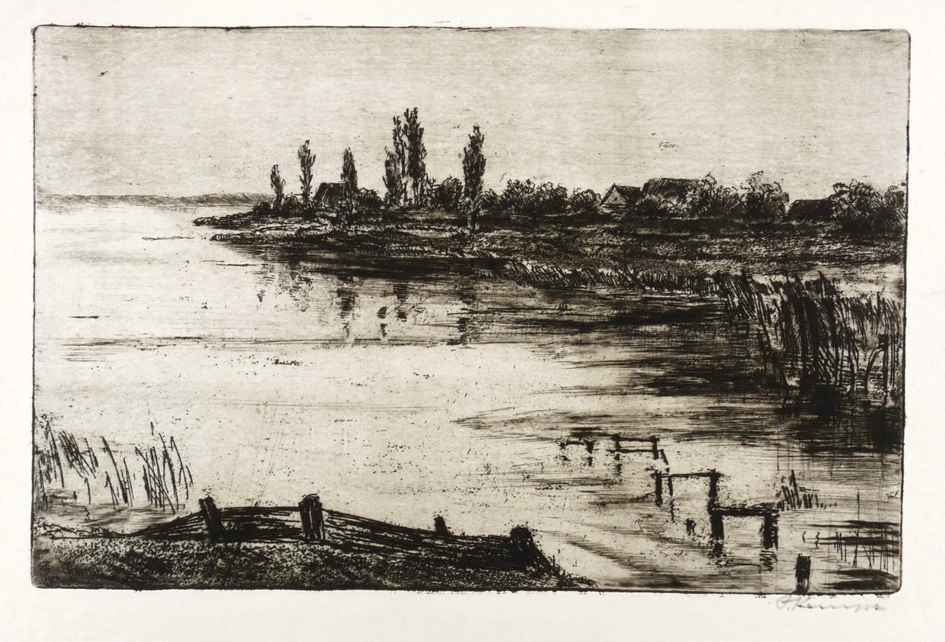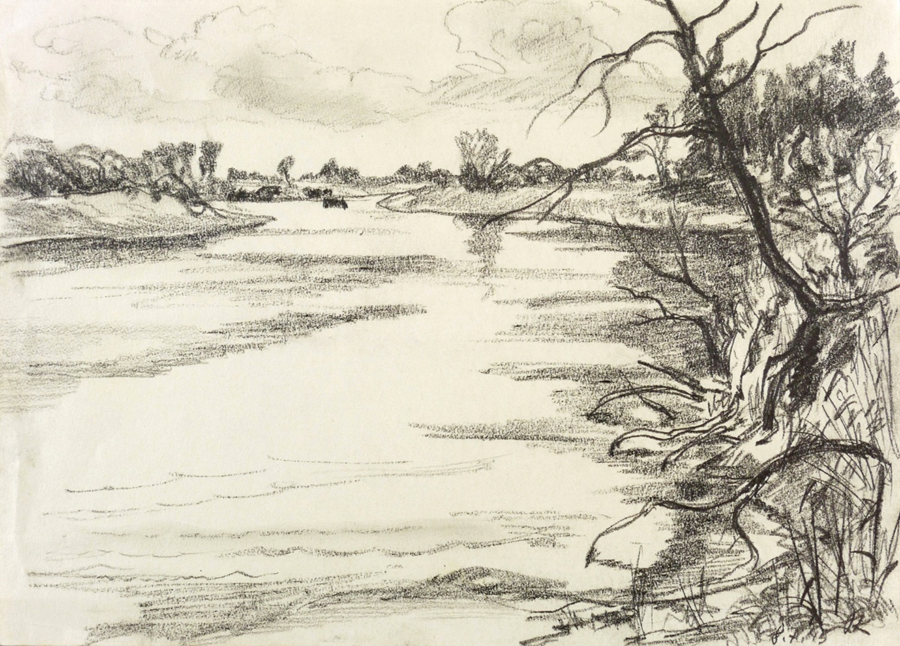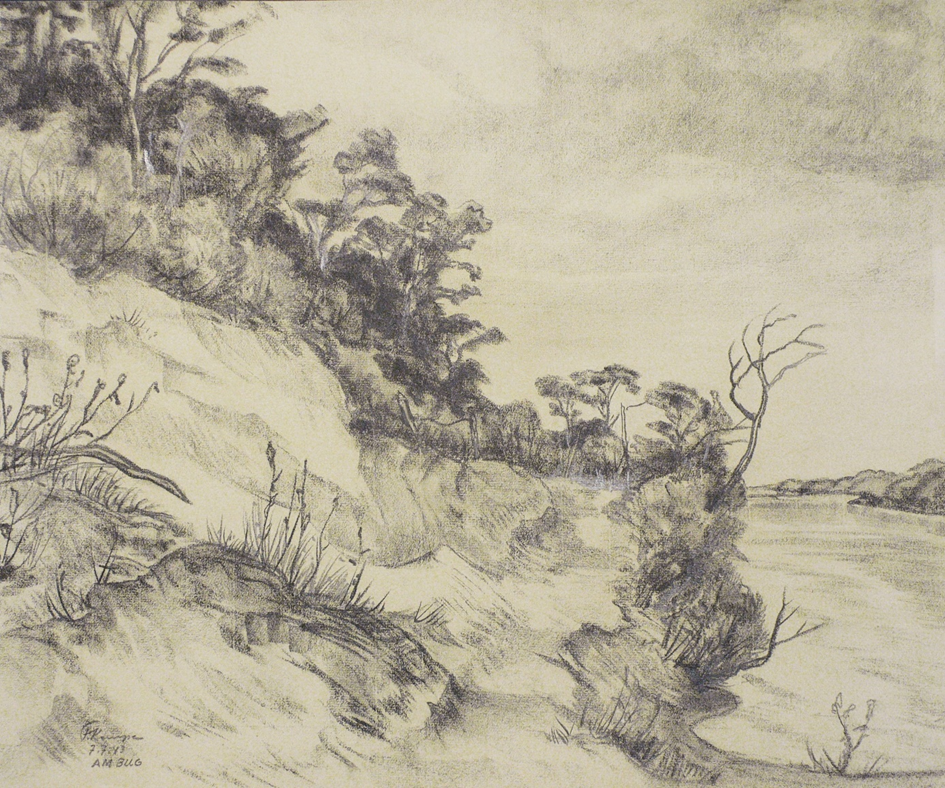Belarus, Ilya Muromets and Rihards Zariņš
©Andrzej Philips
In September 2006, I posted an article on my blog Belarus about the first Belarusian stamps. I wrote there: “In the summer of 1919, the Belarusian detachment of the Western Army separated from the main army to operate independently. The commander, Colonel Bulak-Balachowitsch[1], with the approval of his government (see above...), promoted himself to Major General and placed his unit under the Estonian high command. The Belarusian unit was deployed at Marienburg in Livonia, in the gap between the Estonian and Latvian fronts.
On January 19, 1920, the military-diplomatic mission in Latvia requested the Latvian Ministry of Finance to support the issuance of a postage stamp series for the Belarusian army post. By February 15, the proof sheets of the stamps were handed over to the commissioners. Field post offices where these stamps were used were located in Marienburg[2] and Alt-Schwanenburg[3]. These stamps were valid for postage (accepted in Latvia and Estonia) from March 16, 1920, to April 22, 1920.
This issue is particularly notable for its visual
quality. The designs for the stamps were created by the famous Russian/Latvian
stamp designer Prof. Richard Zarins, who also designed numerous stamps for the
Russian Empire and the Republic of Latvia[4]”.
In 2006, while writing about the Belarusian postage stamps from 1920, I did not know that Richard Zarins was also the designer of Russian stamps, including the 1914 Ilya Muromets stamp, which I mentioned in my article Ancient Russian Knight, Bogatyr Ilya Muromets.
Zariņš
began his artistic journey studying at the Imperial Academy of Arts in St.
Petersburg and later joined the Stieglitz Central School for Technical Drawing.
He was instrumental in the formation of the artist group "Rūķis" and
later graduated with honors, which led to study tours across Europe. Upon his
return to St. Petersburg, he worked at the Imperial State Paper Factory before
eventually returning to Latvia after its independence, where he became the
director of the State Printing House and later a professor at the newly
established Latvian Academy of Arts.
His
artistic style was influenced by German Romanticism and Latvian folk art, often
incorporating elements of Art Nouveau. Zariņš' notable works include
illustrations for publications, particularly his series of etchings titled
"The Rustling of the Latvian Forest" based on Latvian folklore. He
also made significant contributions to graphic design, creating numerous
ex-libris for individuals and institutions and designing postage stamps for
various entities.
Zariņš'
legacy extends beyond graphic arts; he was also a prominent figure in the study
and preservation of Latvian folk culture. He collected and documented folk art,
including songs, tales, and material artifacts, contributing to the
understanding and appreciation of Latvia's cultural heritage.
Privately,
Zariņš was married to Eva Sundblad, and they had four children. Despite
suffering a stroke towards the end of his life, which left him unable to speak,
he continued to draw until his passing in 1939. Today, his works are held in
museums and private collections, serving as a testament to his lasting impact
on Latvian art and culture.
Rihards Zariņš was a versatile artist whose works spanned various fields of art and design, including:
1. Graphics: Zariņš was known for creating etchings, lithographs, posters, book illustrations, as well as designing graphics for banknotes, coins, and postage stamps.
,_1898.jpg) |
2. Exlibris: Zariņš designed many bookplates for himself, family members, and representatives of Latvian culture and art, such as painters, writers, composers, and archaeologists.
3. Postage
stamp design: He authored numerous postage stamp designs for the Russian
Empire, the Belarusian People's Republic, as well as for Latvia and the Soviet
Union.
In 1905, the first charitable issue stamps of 1905 were released, "For the Benefit of Orphans of the Active Army." Talented graphic artists Gustav Frank and Rihards Zariņš worked on the designs of these interesting stamps. Many Russian stamps were produced by Rihards Zariņš, including the stamps of the charitable issue of 1905 "For the Benefit of Orphans of the Active Army." R. Zariņš authored three stamps in this series, with denominations of 5, 7, and 10 kopecks.

_1917_10(5)k.jpg)
 4. Banknote design: As the artistic director of printing houses in St. Petersburg and Riga, Zariņš designed banknotes for various countries, including the Russian Empire and the Republic of Latvia.
4. Banknote design: As the artistic director of printing houses in St. Petersburg and Riga, Zariņš designed banknotes for various countries, including the Russian Empire and the Republic of Latvia.
6. Research
on folk culture: He was interested in Latvian culture and conducted research on
folk beliefs, legends, and art, which was reflected in his works.

7. Posters: He designed promotional, political, and artistic posters that reflected his interests and socio-political beliefs.
8. Other
works: His works also included book illustrations, portraits, and even designs
for seals.
The article is subject to copyright - use requires the author and the
source of the article. Artykuł
podlega prawom autorskim - korzystanie wymaga podania autora i źródła artykułu.
[1] Stanisław Bułak-Bałachowicz
(10 February 1883 – 10 May 1940) was a Polish-Belarusian general and veteran of
World War I, the Russian Civil War, Estonian War of Independence, Polish-Soviet
War, and the Invasion of Poland at the start of World War II. He is remembered
as a national hero of the Belarusian opposition and of the Belarusian minority
in Poland.[wikipedia]
[2] Marienburg
(name until 1917), now Alūksne,
Latvia
[3] Schwanenburg (and Alt-Schanenburg, the name used until
1917), now Gulbene, Latvia





.png)


.jpg)

.jpg)








.jpg)

























.jpg)
